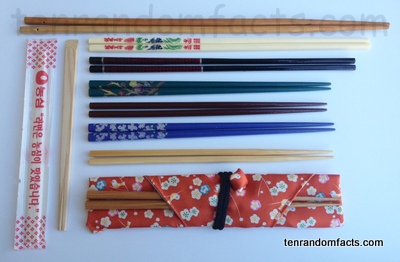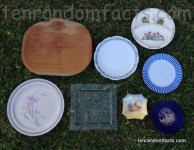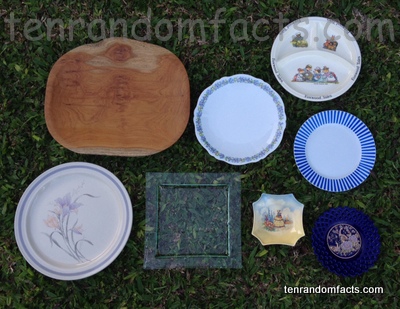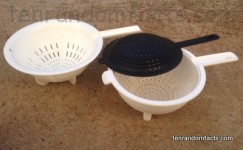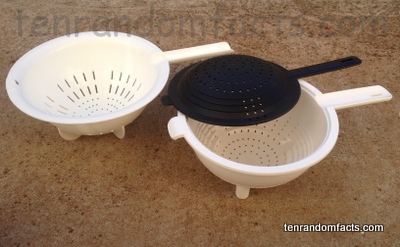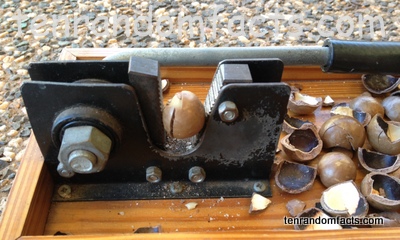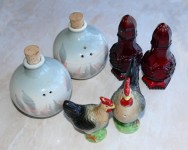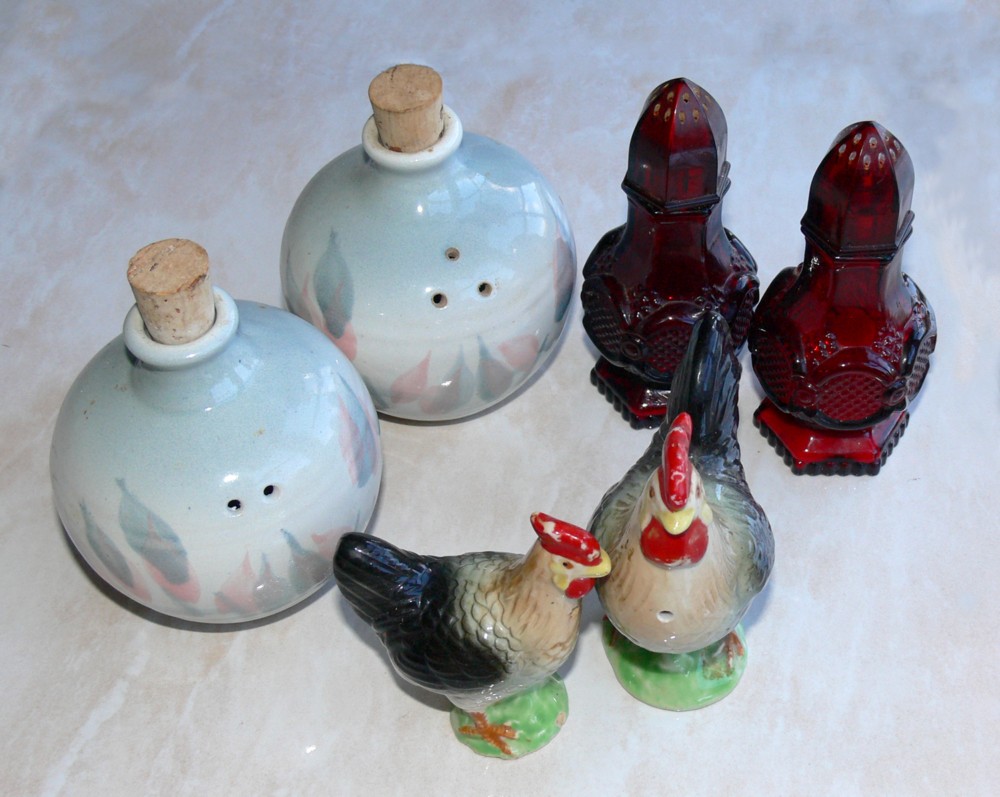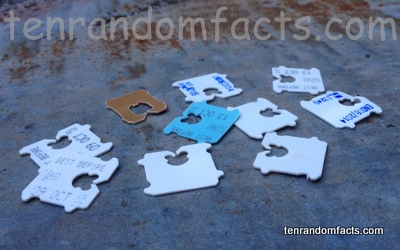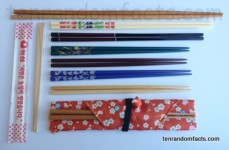
Have you mastered the art of chopsticks?
- Chopsticks are an invention used to handle food, often to move food from a plate to one’s mouth for the purpose of eating, but also moving or stirring food in cooking, and East Asian countries are the main users of the utensil.
- Chopsticks are usually used in pairs held in a single hand, and they are long and generally a tapered rod shape.
- The Ancient Chinese are believed to have invented chopsticks, most likely between 2000 and 1100 BC, and were thought to have initially used them mainly in cooking, and it was not until around the 5th century AD when people used the utensil for eating purposes.
- Typically chopsticks are created out of wood, plastic, bamboo or stainless steel, although other materials such as gold, brass, jade, ivory, porcelain and silver may be used.
- Chopsticks range from 18 to 40 centimetres (7 to 16 inches) in length, and generally have a flat or pointed end, and the styles and lengths vary depending on the country of origin and their purpose, where the Chinese ones are generally longer and flat on the end, whereas the Japanese ones are usually shorter and have pointed ends.
- To hold chopsticks, the bottom stick is laid between the thumb and index finger and rested on the ring finger and is left immobile, while the second is held between the the thumb, index and middle fingers, and pushed in an up-and-down motion to obtain food.
- ‘Chopsticks’ are also known as ‘zhu’ in Ancient Chinese, though today they are called ‘kuaizi’ in Chinese and ‘hashi’ in Japanese.
- Chopsticks are often disposable, with the highest user being the nation of Japan, with 24 billion disposed of annually in the country, most of which are imported from China.
- China manufactures the greatest amount of disposable chopsticks in the world, with roughly 45 billion produced each year, which equates to around 25 million trees, and as such, they have added a tax on the utensils, to discourage their popular use.
- Due to the repetitive usage requirements of chopsticks, common users of the utensil have a marginally increased likelihood of developing osteoarthritis in the hand.
Bibliography:
Butler S, A Brief History of Chopsticks, 2013, History.com, http://www.history.com/news/hungry-history/a-brief-history-of-chopsticks
Chopsticks, 2015, Wikipedia, https://en.wikipedia.org/wiki/Chopsticks
Chopsticks, n.d, Asian ArtMall, http://www.asianartmall.com/chopstickshistory.htm





